Seeds are powerful. They are tiny and tough, resilient and creative, potent and productive. As I rummage and sort through my seed collection, I am touched by the story of each seed…. The story of garden seeds is inextricable from the human story, and stories are powerful. ~ Lorrie Shoettler
Your connection to nature is personal. It is unique. Whatever that relationship looks like will not look the same for the next person. But, we oftentimes look to the next person for approval, for motivation, and for inspiration. That’s what this series of nature stories is all about.
I hope that this beautiful admission of one gardener’s love of the tiny seed will encourage you to consider the relationship between gardening and wellbeing. It is our hope that next time you spoon the seeds from a melon or scoop up some corn from your plate you’ll take pause and consider the beauty of that seed.
(For your convenience, this post contains affiliate links. Please see my about page for more information)
The Beauty of Diversity, A Contemplative Practice with Seeds
by Lorrie Schoettler
It’s the time of year to consider seeds.
I live on a small farm in West Virginia. I love this region of the United States because we frequently have years with four equal and distinct seasons. You could say that seasonality is my thing. I like to meet each day in the context of its place in the wheel of time that begins (for me) with the Winter Solstice and progresses in 6 and 12-week increments as the earth moves around the sun until the next Solstice.
February is an especially festive time for me in my seasonal living practice because while the paper calendar still says winter, my discerning eye and sensitive soul see the signs of spring rising everywhere. It’s in the rising maple sap I am using to make syrup, the movement of northbound geese, the showing of snow drops, and the arrival of robin red breasts.
In my farm life, February is the time to work with seeds. I’m sorting last year’s seeds, purchasing this year’s seeds, and starting seedlings. The presence of all these seeds has me thinking deeply about diversity, diversity and power, diversity and beauty, diversity and love.
Diversity and Power
Seeds are powerful. They are tiny and tough, resilient and creative, potent and productive. As I rummage and sort through my seed collection, I am touched by the story of each seed, how this particular variety has been cultivated by human hands. The story of garden seeds is inextricable from the human story, and stories are powerful.
“A seed makes itself. A seed doesn’t need a geneticist or hybridist or publicist or matchmaker. But it needs help, sometimes it needs a moth or a wasp or a gust of wind. Sometimes it needs a farm and it needs a farmer. It needs a garden and a gardener. It needs you.” ~ The Seed Underground, Janisse Ray
Each growing season creates a new batch of seeds. We often eat these seeds. Think corn, wheat, beans. These yearly seed harvests hold the story of that year’s weather and growing conditions. Seeds that survive a drought year most likely have genetic qualities of drought resistance. Seeds of a year marked by a particular bug infestation may hold genetic qualities that make the plant less hospitable to that bug in future years. Seed savers love to collect seeds, year-by-year, because they know the power of these seed’s stories and their power to survive despite a whole host of threats. That’s powerful.
Diversity and Beauty
Seeds come in every size, shape, and color imaginable. Some seeds are best planted in the spring, others in the summer. Seeds can be encased in a hard shell, like a nut. Others can be exposed and vulnerable, like peas in an open pod. When mixed, seeds can be a brilliant spectacle of beauty and purpose. When I gather seeds in my palm, I often feel like I do, in fact, have the whole world in my hand.
The beautiful diversity of seeds has its opposite, and the term is monoculture. It’s when a farmer plants seeds that are exactly the same genetically, in soil that has been sterilized over many hundreds of acres. This way of working with seeds is controlled and uniform. While some may see beauty in such uses and places, I find it boring and uninspiring. Honestly, I prefer my wild pasture full of native plants and take pride in the genetic diversity it preserves for all of nature, birds and sheep, chickens and mice. I experience diversity as beauty.
Diversity is Love
When I think of love, my mind often turns to remembering my children as, well…children. (They are grown into adulthood now.) When such memories overtake me, I am grateful that I had so many and varied responses to their needs. I rarely met them with the same solution twice. (Except for ice cream. Ice cream cures everything!) I think that diversity of responses to their needs is how I define love.
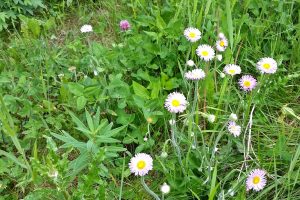
Love is the ability to meet current condition in the confidence of who you are with creativity and an open heart. In my mind, that is exactly what seeds do. I know in my mind that seeds will do this with or without my attention, but as a farmer, I can’t help but feel like seeds meet my personal needs in a thousand different expressions of love every day. Whether I am planting or eating them, harvest or storing them, I feel love pass from the seed to me…and you, and all of us.
Let’s Play with Seeds
So, all this deep contemplation of seeds and their diversity makes me want to hold them. When I take time to deeply consider their expression of natural power, beauty and love I want to explore the way they feel in my hands. I want to do something to help them flourish!
If reading this has you feeling the same way, follow this link to my post on making seed bombs. It’s a fun, safe and easy way to explore seeds in all their diversity and expression. When you make your seed bombs, send me a picture via Instagram or Facebook!
P.S. If you enjoy thinking about the seasonal and creating a seasonal life, Lorrie invites you to join her Seasonal Living Resource Library. It is full of free downloads and printables to help you create your seasonal life with your food choices, in your garden, home and through your wellness practices. Learn more and sign up here.
And if you enjoyed reading Lorrie’s story of gardening and wellbeing you may enjoy reading how others bring nature into their lives. Here’s the entire connecting with nature series of stories. To be notified of any new stories, join the Take Them Outside Newsletter. You’ll get tips, tricks, news, goodies, and inspiration to help you and your family connect more with the natural world.

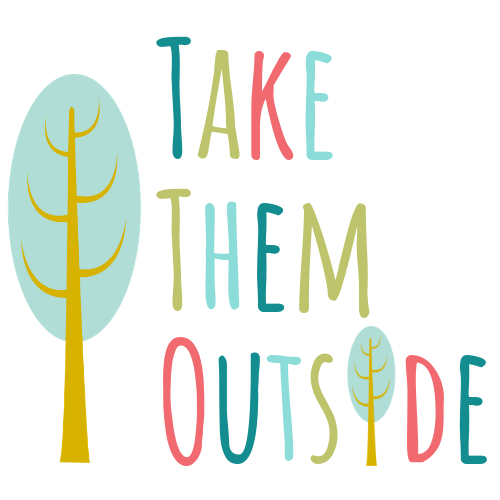
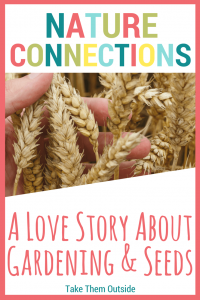

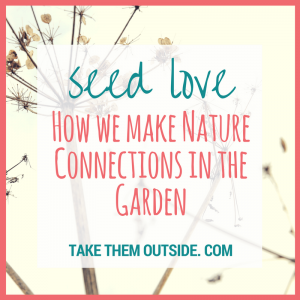
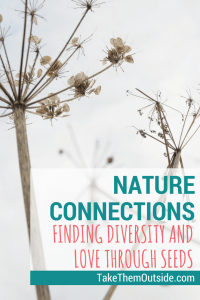
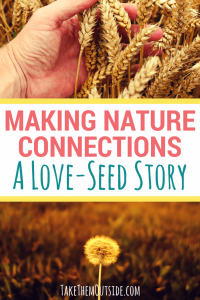
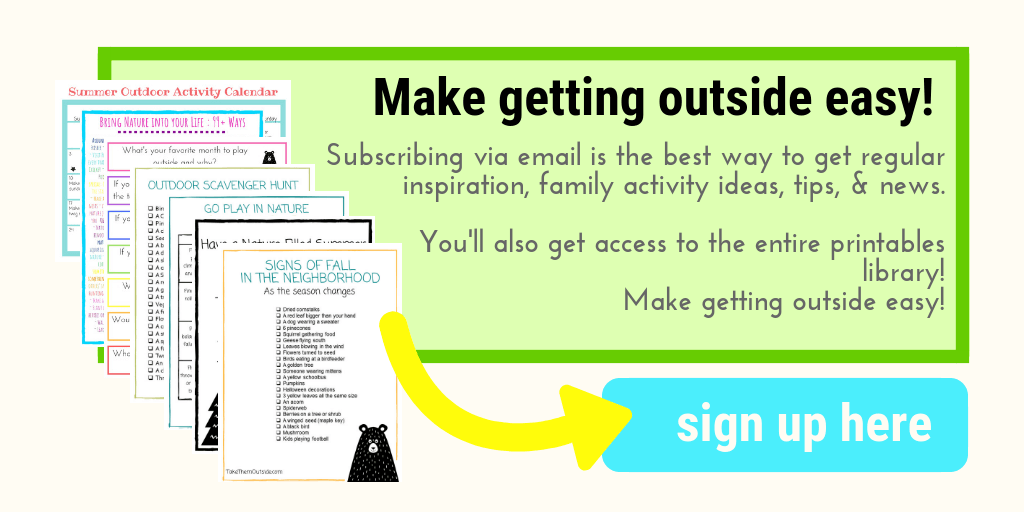 <
<